Benefits of Data Lake: Why Does Your Business Need Data Lake?
Although databases were the beginning, businesses now frequently employ data warehouses and are progressively implementing data lakes for the storing of enormous amounts of data.
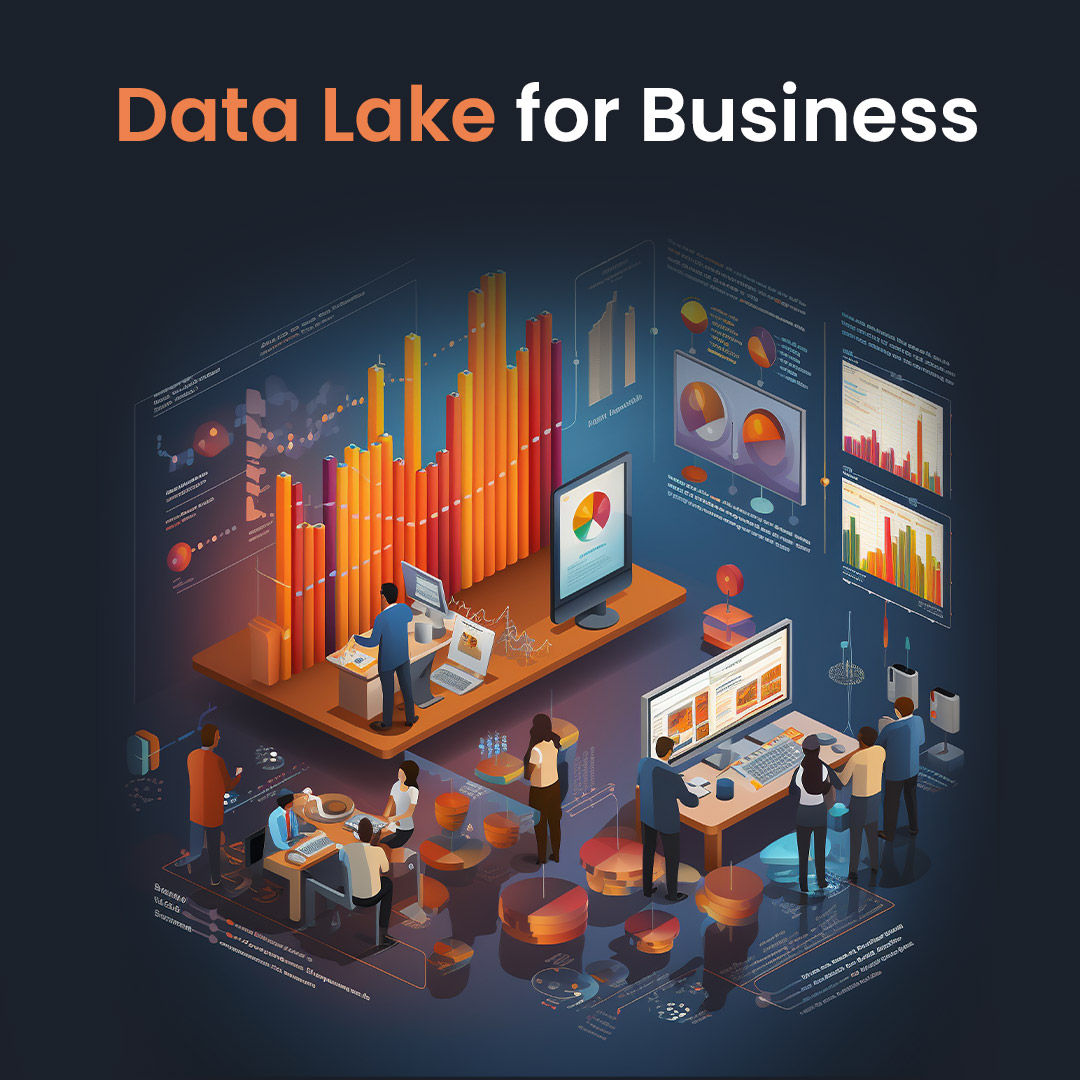
Trouble With Data Security? Ensure Robust Protection with Our Secure, Compliant Data Analytics Services

“The number of SMEs is growing as more businesses are recognizing the benefits of data lake solutions for storing and managing copious amounts of data. A marketing data lake consolidates data from various sources, including website analytics, social media interactions, CRM systems, and customer support records.”– Fortune Business Insights
What is a Data Lake: Overview
Data lakes are repositories that are already thought to be essential in modern times, where big data is one of the primary sources for analysis and business choices. The word “data lake” is not new, but it refers to a very modern technology that was developed in response to businesses’ growing need to create value for their operations. A significant challenge exists, though: data is being generated at an increasing rate from a wider variety of sources.
How should businesses manage all of this?
Organization requires an architecture that can manage this massive amount of data to stay active. This data can be used whenever, however, and anyway your business needs it, such as:
- hybrid, unstructured, or structured.
- from documents, databases, spreadsheets, images, and so forth.
The data lake is an architecture, and the benefits of data lake are far more extensive than a data warehouse. With the use of this resource, a company’s data can be manipulated and stored in one place, saving it without the need for structuring. Put otherwise, it’s a single, large-scale location where businesses can keep all their data organized and unorganized.
Get Data Analytics Solution
Why is Enterprise Data Lake Important?
Businesses can observe and react to current information more quickly because enterprise data lake can quickly ingest all forms of fresh data while offering self-service access, exploration, and visualization. They also have access to data that they were previously unable to obtain. For complex analytics, visualizations, proofs of concept, and data discovery, these new data formats and sources are available.
The most popular data source for machine learning, for instance, is enterprise data lake. This technique is frequently used with:
- Log files,
- Clickstream data from websites,
- Streaming sensors, and
- Data coming from other internet-connected devices.
Advanced analytics, reporting, and discovery-oriented inquiry are features that many organizations have long sought. One of the benefits of data lake is that it provides the size and variety of data required to accomplish these. Additionally, it can serve as a hub for traditional and big-data consolidation, allowing for cross-data analytical correlations. Sometimes, it is applied to mask or anonymize sensitive data that isn’t required for analytics, such as personally identifiable information (PII). This aids companies in adhering to privacy and data security regulations.
Data Lake vs Data Warehouse: Comparison
A data warehouse database’s schema and predefined data structure are designed with SQL queries in mind. To be stored in a relational database, the data must be cleansed and modified.
Both relational and non-relational, or unstructured, data are kept in data lakes. When the data is captured, no data schema is specified. The benefits of data lakes are bolstered by the additional advantages of retaining all the original elements accessible at the time the data was taken without changing the original parameters:
- All stakeholders in the organization will have access to the same data if raw data is stored in a central data lake. This eliminates the temptation for data silos—a problem that plagues all businesses—to arise from replicating the data into different databases.
- For applications like machine learning, predictive analytics, and profiling, raw data is far more useful.
- For data scientists, developers, or anyone else who needs to examine it, having access to raw, non-relational data is invaluable because it allows them to search for subtleties that may not have been visible to them in the past. It allows real-time predictive analytics.
Struggling With Data Silos? Consolidate Your Data Effortlessly with Our Unified Data Science Development Services
5 Ways Organizations Can Benefit from Data Lake
In an organization, data must always be the basis for choices. To gain a comprehensive view and make sound business choices, we need data from the entire organization. These are the 5 most prominent benefits of data lake.
 1. Democratize Data
1. Democratize Data
Data can be made available to the entire company through a data lake. This is known as the “democratization of data.” Now, only the highest-ranking executives possess the ability to request reports from different departments, analyze the information provided, and then come to a decision. However, what about others, such as middle management? They are not afforded the luxury of requesting from other departments any kind of data they require. They will need time to obtain the data, even if they do it in the end.
We are aware that delaying decision-making too much can make the process pointless. When the information needed is easily accessible, everyone can make decisions that work for them. For instance, based on their demands and the cost of the goods, a unit’s janitorial staff might choose what supplies to purchase. LinkedIn is a practical illustration of empowering individuals to make their own decisions.
2. Data Silos & Data Exploration
Consolidating data into a single repository facilitates data access and analysis for data scientists and analysts. Additionally, it keeps blind spots from developing between teams due to data silos. Access to historical data analysis is made possible by data lakes, enabling all departments to obtain a thorough insight into customers and business performance.
Organizations can fuel various activities, such as business intelligence, big data analytics, data archiving, machine learning, and data science, by merging all their data into a data lake. They can estimate future trends, anticipate individualized product recommendations, forecast personnel needs, and more by utilizing predictive analytics on the data within the lake.
3. Flexibility & Simplified Data Collection
Due to their schema-free nature, data lakes allow businesses to store their data in any format. They can send the data through ETL (extract, transform, load) pipelines later, once they know what queries they want to run, without having to prematurely remove vital information because they preserve all data in its original form.
Any format of data can be ingested by data lakes; it doesn’t need to be formatted as it comes in. Because of its flexibility, gathering and processing copious amounts of data for a particular use case is made simple. This increases the amount of data available for advanced analytics.
4. Constant Data Accessibility & Scalability
A data lake provides data access to all employees, independent of their status. Because of its ability to democratize data, all employees will have access to it, irrespective of their roles or responsibilities. All employees have access to everything, but they can choose to restrict their use to only what’s required to meet departmental or corporate requirements.
A data lake’s capacity to store substantial amounts of data for a reasonable price is one of its primary advantages over a managed enterprise warehouse. While looking for solutions, different firms usually consider the cost of storage, and data lakes offer good economic value. It is important to remember that formal structure is still necessary for processing and analysis even though data lakes are less expensive than data warehouses.
5. Adding Versatility
Compared to a traditional data warehouse, a data lake offers scalability at a cheap cost. To manage and facilitate the expansion of data, the scalability tool leverages Hadoop Distributed File System storage for data lakes.
Because it’s flexible, it can be used to store data that is both organized and unorganized from diverse sources. Businesses can store any kind of data on it, including binary, social, chat, and multi-media files.
Facing Scalability Issues? Experience Unlimited Data Storage & Processing with Our Scalable Data Lake
Future of Data Lakes
A new generation of data lake solutions is needed. By placing data at the core of their strategy, the industry must rise to the challenge and provide streamlined, user-friendly platforms that make the power of big data accessible. Companies shouldn’t have to choose between affordability, usability, and deriving meaningful insights from their data.
A controlled data lake can support:
- Adopt open formats to prevent vendor lock-in and guarantee long-term data retention.
- Data may be entered and extracted with ease.
- Safeguard data, stop illegal access, and promote data exchange.
Discover How a Data Lake Can Help Your Business
Managing and leveraging data efficiently is crucial for gaining a competitive edge. The benefit of data lake is to offer a powerful solution by allowing businesses to store, process, and analyze all data in its native format. This flexibility enables businesses to perform advanced analytics, uncover hidden patterns, and make data-driven decisions with ease.
By implementing a data lake, businesses can break down data silos, enhance collaboration, and improve operational efficiency. It supports diverse data types, making it ideal for integrating structured and unstructured data from multiple sources. This comprehensive view of data empowers businesses to develop innovative data strategies and drive growth. At NextGen Invent, our data science development services can help you design, implement, and optimize your data lake.
Ready to take the next step? Contact us today to learn how we can transform your data management and analytics capabilities.
Frequently Asked Questions About Data Lake
Related Blogs
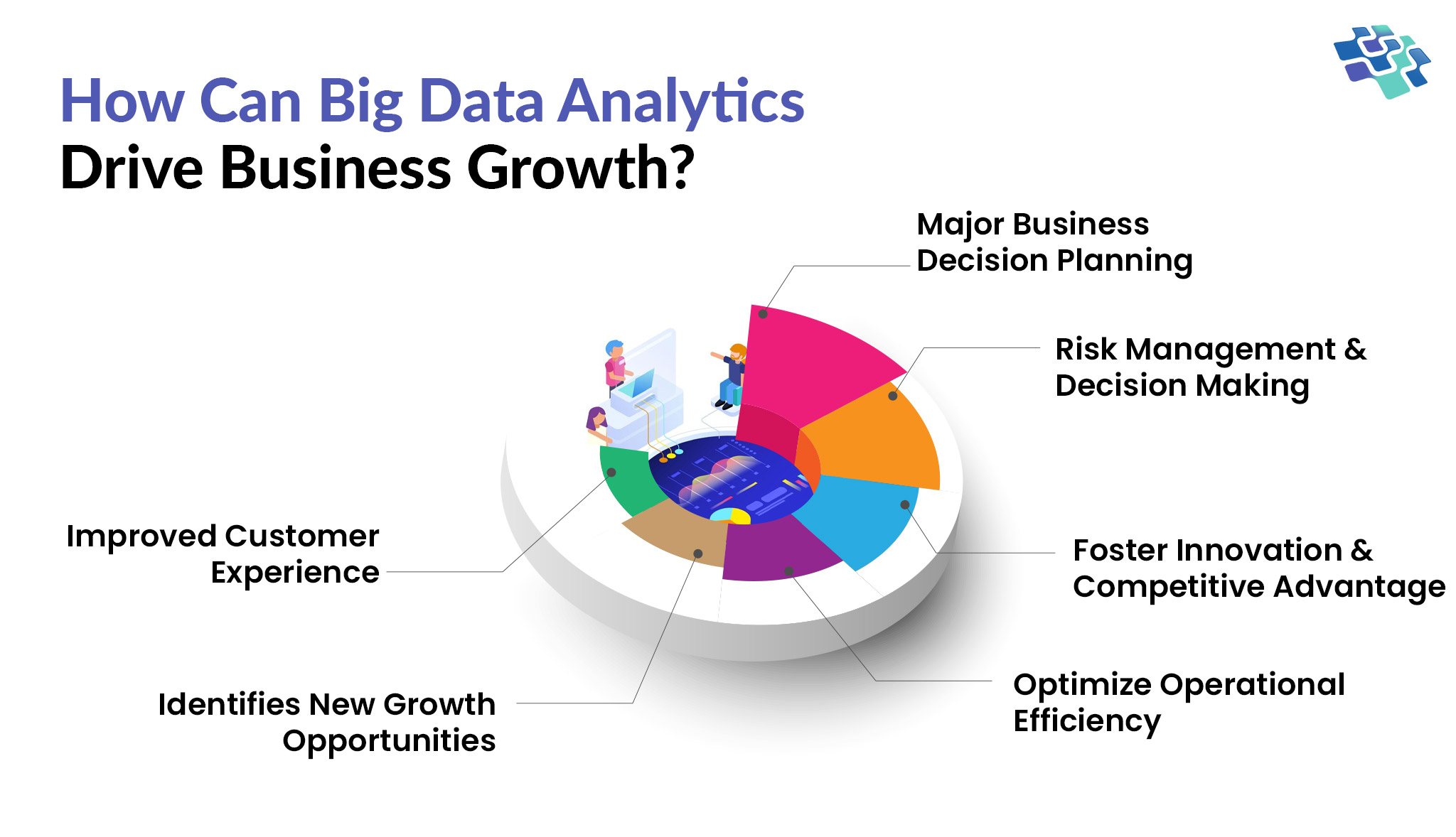
How is Data Analytics in Business Driving Growth?
Businesses are gathering enormous amounts of data in today’s ever-changing business environment. They have access to a multitude of data, ranging from website traffic and social media marketing to consumer contact and sales information.
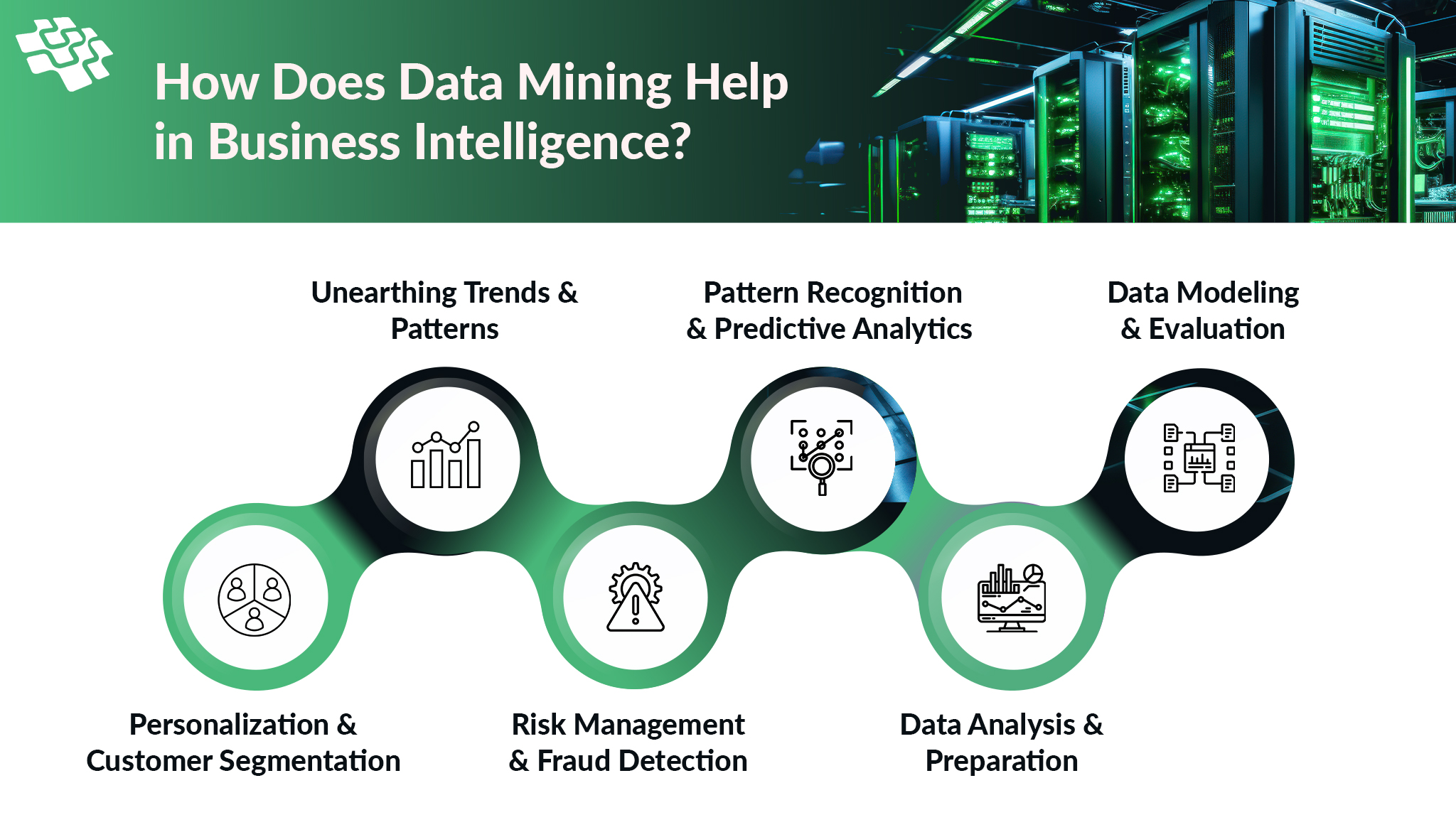
Data Mining for Business Intelligence: How Can It Help?
One of the most essential abilities for business success nowadays is the ability to derive significant insights from large amounts of data through data-driven initiatives. Fundamentally, data mining is more than just a trendy term in IT.
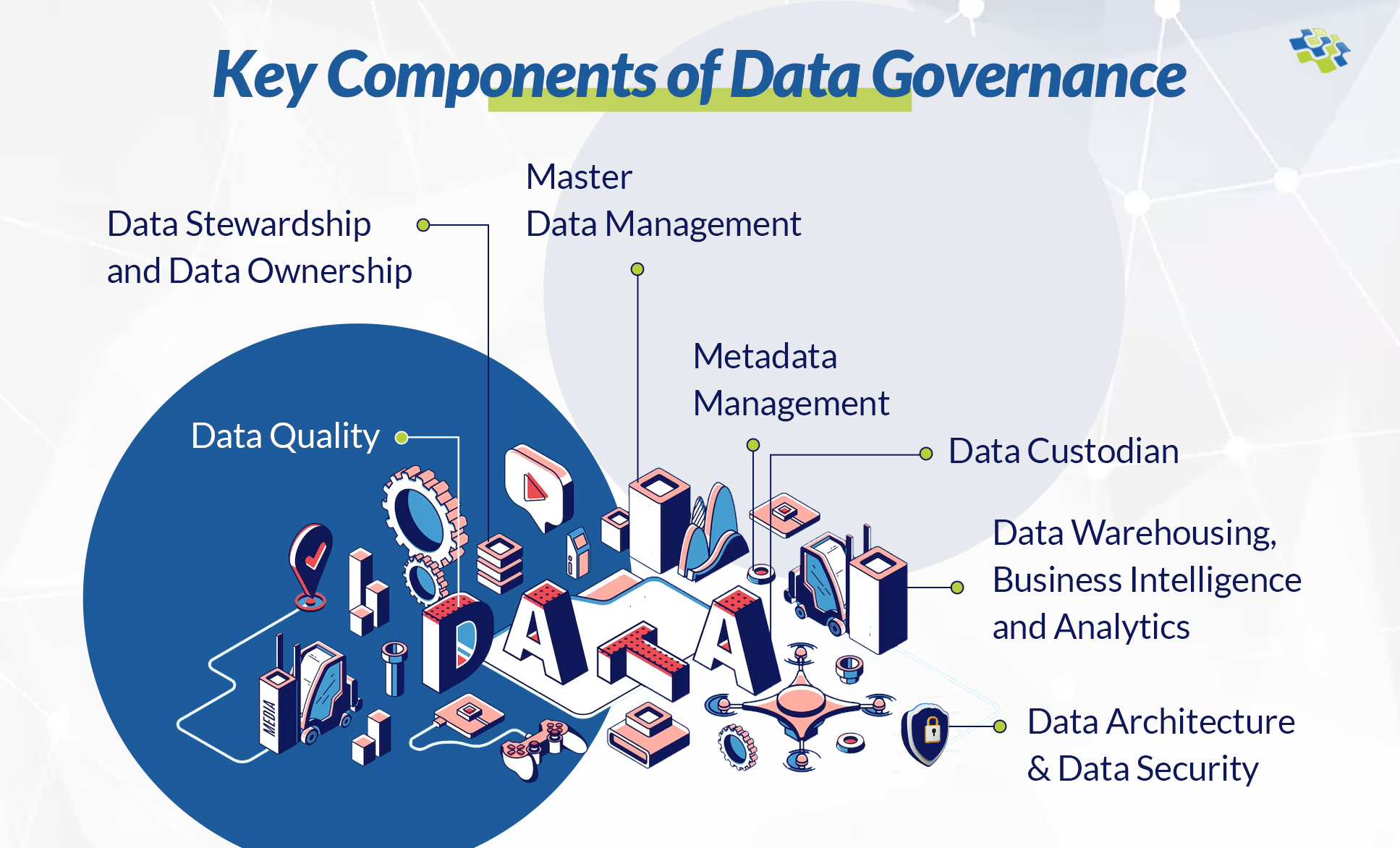
Data Governance Strategy: A Must Have for Every Organizations
The business landscape is undergoing a significant digital transformation, driven by emerging technologies like analytics, AI, automation, and cloud computing. Data acts as the linchpin, connecting these diverse technologies.
Stay In the Know
Get Latest updates and industry insights every month.
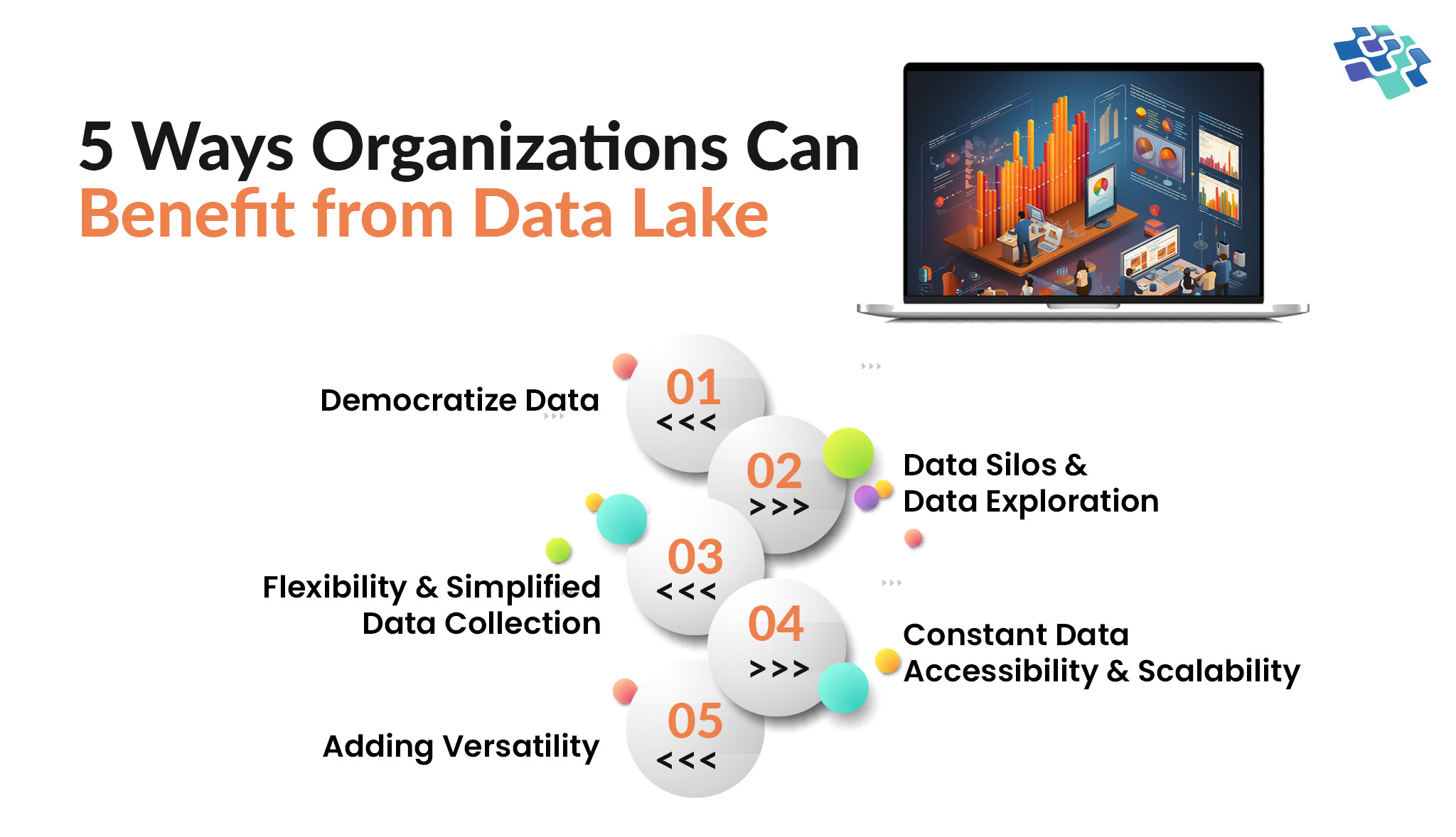 1. Democratize Data
1. Democratize Data